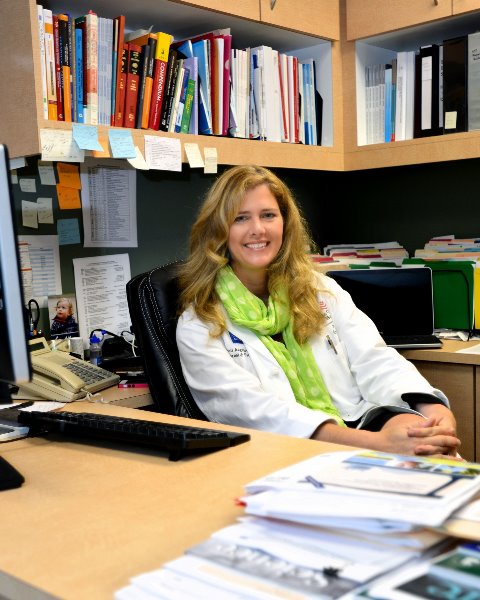Category: Infectious Diseases
Poster Session II
(554) Amniotic fluid oligosaccharide sialylation and molecular complexity decrease with gestational age with implications for infection
Oligosaccharides have diverse important roles in pathogen defense like promoting mucosal immune development. Some are exclusively digested by bacteria, while sialylated oligosaccharides are both bacterial and viral pathogen decoys. Here we set out to measure all oligosaccharides from mid trimester amniocentesis and characterize their composition by gestational age at time of collection, and predictive (or not) of PTB.
Study Design:
Midtrimester (15-28 weeks) amniotic fluid from n=519 pregnancies underwent comprehensive oligosaccharide profiling. Full chromatograms quantitatively assessed by a nanoHPLC-chip/TOF mass spectrometer. A subset (n=445) were metagenomically sequenced for bacterial DNA for intrauterine exposure. Reads were rigorously filtered against contamination controls and for robust bacterial read mapping. Correlational and multivariate analysis controlling for multiple comparisons was performed.
Results:
A total of 36 discrete oligosaccharides (subunit size of 3 to 13 monosaccharides) were detected, with multivariate Ward’s clustering analysis showing a strong association with gestational age (GA; Fig. 1), of whom a significant number withstood adjustment for multiple comparisons (FDR < 0.05; Fig. 2A-B). There was no association with PTB (spontaneous or overall), race/ethnicity, parity, prior history of PTB, maternal age nor amniocenteses reason. Interestingly, oligosaccharide complexity trended to simplicity with advancing GA: four subunit oligosaccharides increased while 9, 10, or 12 monosaccharides decreased (p < 0.0001, 2-way ANOVA; Fig 2C) as did sialylated oligosaccharides (r=-0.36, p=4x10-17)(Fig. 2D). Detection of bona fide bacterial reads also decreased with GA (r=-0.21, FDR=0.0003).
Conclusion:
Our novel findings suggest that (1) oligosaccharides are abundant in amniotic fluid and undergo predictable composition changes during mid-trimester, (2) decreasing sialylated oligosaccharides that correspond to decreases in bacterial DNA, suggest these changes be related to a role of amniotic fluid oligosaccharides in resisting intraamniotic pathogens.

Maxim D. Seferovic, PhD
Assistant Professor
Department of Obstetrics & Gynecology, Division of Maternal-Fetal Medicine, Baylor College of Medicine and Texas Children’s Hospital
Houston, Texas, United States- AV
Anita Vinjamuri, BS
Department of Chemistry, University of California Davis
Davis, California, United States 
Michael D. Jochum, Jr., PhD
Postdoctoral Research Associate
Baylor College of Medicine
Houston, Texas, United States- AV
Alex Vidaeff, MD,MPH
Baylor College of Medicine
Houston, Texas, United States - CL
Carlito Lebrilla, PhD
Department of Chemistry, University of California Davis
Davis, California, United States 
Kjersti M. Aagaard, MD,PhD
Professor and Vice Chair of Research Department of Obstetrics and Gynecology, Division of MFM
Texas Children's and Baylor College of Medicine
Houston, Texas, United States

.png)
